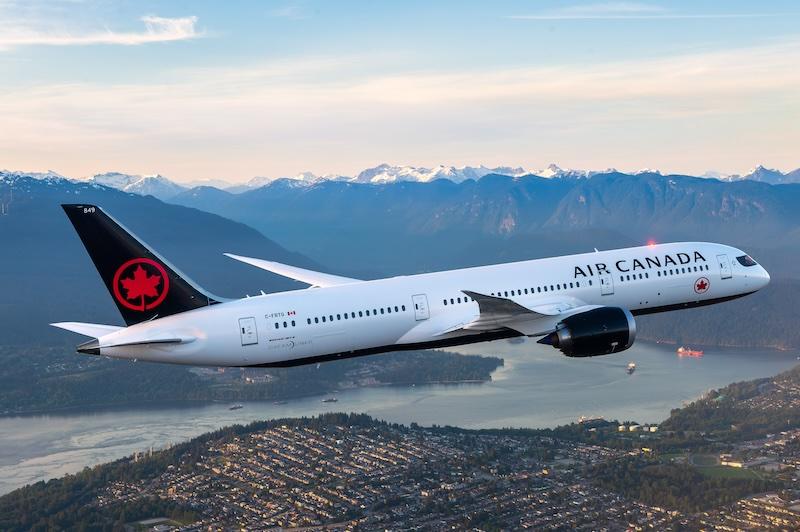Importing food from China to the USA requires careful attention to documentation, FDA compliance, and customs rules. Knowing what documents needed for food products from China to USA ensures your shipment clears smoothly, avoids delays, and meets U.S. import regulations. This article explains every step, from required paperwork to real shipment cases.
1. Why Documentation Is Crucial in Food Imports
Proper paperwork ensures legal compliance and faster customs clearance. The U.S. Food and Drug Administration (FDA) and U.S. Customs and Border Protection (CBP) monitor all imported food to protect consumers.
However, missing forms can lead to shipment detention or rejection. Therefore, importers must verify that all regulatory, commercial, and shipping documents are prepared before dispatch. Additionally, accurate paperwork supports transparent trade records and simplifies future audits.
2. Complete List of Documents Needed
The table below outlines key import documents required for food shipments from China to the USA:
| Document | Issuer | Purpose | Applies To |
|---|---|---|---|
| Commercial Invoice | Exporter | Lists product description and value | All shipments |
| Packing List | Exporter | Shows packaging details and net weights | All shipments |
| Bill of Lading / Air Waybill | Carrier | Proof of transport mode | Sea/Air freight |
| FDA Prior Notice | FDA | Mandatory pre-arrival submission | All food |
| FCE & SID Registration | FDA | Required for processed/canned foods | Canned goods |
| Certificate of Origin | Exporter | Verifies product origin | Customs |
| Phytosanitary Certificate | CIQ China | For plant-based foods | Produce |
| Health Certificate | CIQ China | Confirms food hygiene | All food |
| Customs Bond | Broker | Guarantees duty payment | Shipments >$2,500 |
| Insurance Certificate | Insurer | Protects against loss/damage | Recommended |
Tip: Always double-check FDA registration numbers and ensure labels meet U.S. standards before export.
3. FDA Registration, Prior Notice & Labeling
Before food enters the U.S., both the Chinese factory and the U.S. importer must register with the FDA. Each gets a registration number used for all future filings.
FDA Prior Notice Steps:
- Log into the Prior Notice System Interface (PNSI).
- Provide product details, HS codes, and arrival information.
- Submit 24 hours before ocean shipment or 4 hours before air.
- Receive a Prior Notice Confirmation Number (PNCN) for customs entry.
Labeling Requirements:
- English text with nutritional facts
- Ingredient and allergen disclosure
- Net quantity in metric and imperial units
- “Product of China” clearly stated
Failure to follow labeling rules often leads to FDA holds or relabeling costs.
4. Customs Clearance and Import Taxes
Once shipments arrive, CBP and FDA jointly inspect documents and cargo. The customs process typically includes verification of origin, tariff classification, and product safety.
Here’s an overview of the process and typical timing:
| Phase | Activity | Timeframe |
|---|---|---|
| Pre-shipment | Paperwork & FDA filing | 3–5 days |
| Export Clearance (China) | CIQ inspection | 1–2 days |
| Transit | Sea: 20–35 days / Air: 3–7 days | — |
| U.S. Customs Clearance | CBP & FDA inspection | 2–5 days |
| Domestic Delivery | To warehouse or retailer | 1–3 days |
Import Duties Overview
| Food Type | HS Code | Duty Rate | Notes |
|---|---|---|---|
| Canned Vegetables | 2005.91 | 5–8% | Needs FCE/SID |
| Frozen Seafood | 0306.13 | 0–10% | Health cert required |
| Snack Foods | 1905.31 | 6–12% | Labeling strict |
| Beverages | 2202.10 | 0–9% | Prior notice needed |
To avoid unexpected taxes, verify HS codes before shipment.
Shipping Options and Cost Comparison
Your choice of transport depends on the food’s shelf life, budget, and delivery urgency.
| Method | Transit Time | Avg. Cost/kg | Ideal Cargo | Pros | Cons |
|---|---|---|---|---|---|
| Air Freight | 3–7 days | $5–$9 | Frozen or high-value food | Fast, reliable | Expensive |
| Sea Freight | 20–35 days | $0.5–$1.2 | Canned/bulk goods | Cost-effective | Slow |
| Rail Freight | 15–20 days | $1.5–$3 | Shelf-stable goods | Balanced option | Limited access |
| Courier | 2–5 days | $7–$15 | Samples | Quickest | Costly for bulk |
Additionally, perishable items often require reefer containers or temperature-controlled packaging to maintain freshness throughout transit.
Real Case Studies of Food Imports
Case 1: Canned Fruit – Xiamen to Los Angeles
Quantity: 15 pallets (FCL container)
Transport: Sea freight
Time: 25 days
Cost: $2,200 total
Result: Cleared FDA within 3 days after submitting prior notice and SID certificate.
Case 2: Frozen Fish – Qingdao to Houston
Quantity: 4 tons
Transport: Reefer container
Time: 28 days
Cost: $5,800 (including insurance)
Result: No detention; all health certificates verified successfully.
These examples illustrate how complete paperwork and clear coordination reduce clearance delays and storage fees.
Common Mistakes and How to Avoid Them
Even experienced importers face documentation challenges. The most frequent issues include:
- Inconsistent descriptions between invoice and packing list
- Late FDA prior notice submission
- Missing or incorrect FCE/SID registration
- Improper product labeling
- Ignored temperature records for frozen goods
Best Practices:
- Verify all documents before loading.
- Use digital copies for faster broker review.
- Maintain communication between supplier, freight forwarder, and importer.
- Hire an FDA-experienced customs broker to ensure smooth processing.
Moreover, importers should periodically audit suppliers for updated FDA registration validity.
Best Practices & Final Takeaways
Importing food from China to the USA requires diligence, coordination, and compliance. To summarize:
- Register both factory and importer with the FDA.
- Submit Prior Notice before departure.
- Prepare all key documents: invoice, packing list, bill of lading, and certificates.
- Ensure English labeling compliance.
- Use reliable freight options with temperature monitoring for perishables.
Proper planning prevents costly rejections and ensures on-time delivery. If you’re uncertain what documents needed for food products from China to USA, professional logistics experts can manage documentation, customs clearance, and FDA coordination efficiently. Contact our team today for expert guidance or a free import quote.
Conclusion
Understanding what documents needed for food products from China to USA is essential for every importer. By preparing FDA filings, labeling correctly, and ensuring compliance, businesses can import safely, efficiently, and legally.
Indeed, with the right logistics partner and proactive documentation, your products will reach the U.S. market smoothly and on time.
Request a Quote
Need a tailored solution for your shipping from China?Let TJ China Freight Forwarder assist you with reliable, cost-effective service.
FAQ:
Q1.What customs documents are required when importing Chinese food to the USA?
You need a commercial invoice, packing list, bill of lading, FDA prior notice, and a valid health certificate from China.
Q2.How do I register with the FDA for food imports from China?
Both the Chinese manufacturer and U.S. importer must register their facilities on the FDA website before shipping any food products.
Q3.Can I ship food samples from China without full documentation?
Small food samples still require FDA prior notice and basic customs documents, even if they are non-commercial or low value.
Q4.Do I need an import license for food products from China to the USA?
No import license is needed, but FDA registration and customs bond are mandatory for all commercial food shipments.
Q5.How can I check if my Chinese food supplier is FDA registered?
You can verify FDA registration through the FDA database or request the supplier’s current registration certificate and number.




